Ticking Through Time: The Journey from Mechanical Marvels to Smart Wearables
In a world where the art of keeping time has evolved from the intricate artistry of gears and springs to the sleek precision of digital technology, the journey of horology is nothing short of fascinating. What began as a tribute to human ingenuity—where masters crafted elaborate mechanical marvels that captivated both the mind and the eye—has transitioned into an era marked by innovation, connectivity, and convenience. As we fast-forward through the decades, the watch has transformed from a simple timekeeper into a multifaceted device that not only tells time but also connects with our digital lives in ways once thought impossible. Join us as we explore this remarkable evolution, tracing the footsteps of horological history and examining how our relationship with timepieces has adapted to the rhythm of the modern age. From the ticking of a pocket watch to the silent notifications of a smartwatch, the chronicle of timekeeping is a testament to our relentless pursuit of progress.
The Evolution of Timekeeping: From Gears to Gadgets
Throughout the centuries, humanity’s quest to measure time has sparked innovation that mirrors our evolving relationship with technology. In the early days, timekeeping devices were crafted from intricate metalworks, where gears and springs danced in precise harmony. These mechanical marvels, such as the astronomical clock of Prague, combined artistry and engineering, captivating onlookers with their elaborate designs and reliance on pure mechanical ingenuity. The evolution from sundials and water clocks to portable timepieces marked the beginning of a new era, allowing society to embrace the rhythm of life, coordinate activities, and navigate a world increasingly measured by minutes and hours.
Fast forward to the 21st century, where the digital revolution has transformed our wristwatches into multifaceted gadgets that are as functional as they are fashionable. Today’s wearables do much more than tell time; they offer a myriad of features that enhance our daily experiences. Consider these captivating properties of modern smartwatches:
- Health Monitoring: Track heart rates, sleep patterns, and physical activity.
- Connectivity: Receive notifications, calls, and messages at a glance.
- Customization: Adapt watch faces and applications to personalize the user experience.
As our understanding of technology continues to expand, the transition from gears to gadgets not only reflects advancements in engineering but also highlights a profound shift in how we interact with time itself. The rise of smart wearables signifies a deeper integration of timekeeping into the digital lifestyle, enabling us to stay informed, engaged, and in tune with the world around us.
| Timekeeping Era | Key Features | Examples |
|---|---|---|
| Mechanical | Gears, Springs, Manual Winding | Grandfather Clocks, Pocket Watches |
| Digital | Accuracy, Digital Displays, Battery-Powered | Quartz Watches, LCD Clocks |
| Smart Wearables | Health Metrics, Connectivity, Customization | Apple Watch, Fitbit, Garmin |
Understanding the Impact of Smart Wearables on Daily Life
The evolution of timekeeping has drastically transformed our daily interactions and routines. Today’s smart wearables, like fitness trackers and smartwatches, ingeniously integrate technology into our lives. These devices do more than merely display the time; they act as health monitors, personal assistants, and sources of connectivity. With a single touch, you can access a comprehensive suite of functionalities designed to enhance productivity and well-being. Some of the essential features include:
- Health Monitoring: Continuous tracking of heart rate, sleep patterns, and physical activity.
- Notification Alerts: Instant updates on calls, messages, and app notifications.
- Navigation Assistance: GPS capabilities for route directions and location tracking.
- Customization Options: Personalization with various watch faces and styles to match user preferences.
As we embrace this new era of technology, it is crucial to understand how these wearables influence our habits and lifestyles. The convenience provided by smart wearables prompts users to engage more actively in their health and fitness regimes. For example, a study conducted by the Wearable Technology Association revealed the following benefits:
| Benefit | Percentage of Users Noticing Improvement |
|---|---|
| Increased Physical Activity | 67% |
| Better Sleep Quality | 45% |
| Reduced Stress Levels | 50% |
| Enhanced Time Management | 55% |
This data underscores the significance of adopting smart technology in fostering healthier lifestyle choices and improving daily efficiency. As wearables continue to evolve, their impact on our daily life is anticipated to deepen, driving the next wave of innovation in personal care and connectivity.
Navigating the Future: How to Choose the Right Timepiece for You
Choosing the perfect timepiece is akin to selecting a companion for life’s journey; it should reflect your personality and fit seamlessly into your lifestyle. With the vast landscape of options available, from **vintage mechanical wonders** to cutting-edge **smart wearables**, understanding your needs is paramount. Consider the following aspects when making your choice:
- Purpose: Are you looking for functionality or fashion? A daily wear vs. a special occasion piece can drastically affect your decision.
- Style: Do you prefer a classic, timeless look or something contemporary and sleek? Your style should resonate with your essence.
- Features: If you desire connectivity, smart features like fitness tracking or notifications might be essential, while enthusiasts may lean towards mechanical craftsmanship.
To further simplify the selection process, it might help to evaluate different categories of timepieces in relation to your activities and preferences. Below is a concise comparison table showcasing key attributes:
| Type | Benefits | Considerations |
|---|---|---|
| Mechanical | Classic craftsmanship, heritage, and longevity | Requires regular maintenance, can be costly |
| Quartz | Accuracy, low maintenance, and affordability | Less unique, may lack character |
| Smartwatch | Versatile functionality, fitness tracking, instant notifications | Battery life, less traditional aesthetics |
This framework should guide you through the maze of options, aligning your choice with your lifestyle and personal values. Ultimately, your timepiece is not just an accessory; it’s an extension of who you are.
In Conclusion
As we draw the curtain on our exploration of the evolution from mechanical marvels to smart wearables, it becomes clear that timekeeping has always been more than just a way to measure moments. It has been a testament to human ingenuity, reflecting our desire to master the passage of time while seamlessly integrating technology into our daily lives. From the intricate gears of early clocks to the sleek interfaces of today’s smartwatches, each innovation tells a story of advancement, adaptation, and connectivity.
As we look ahead, one can’t help but wonder what the future holds for this journey. Will we see further integration of health monitoring, augmented reality, or perhaps even more profound enhancements in our understanding of time itself? The evolution of wearables is far from over; it is an open door inviting us to imagine the next chapter. In our quest to keep pace with our fast-moving world, every tick of the clock serves as a reminder not only of time’s passage but of the extraordinary journey that continues to redefine how we experience it. So, as we don our next wearable, let’s remember that we are not just measuring time—we are actively participating in its unfolding narrative.


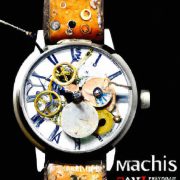


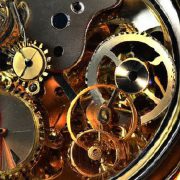

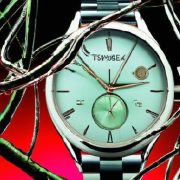








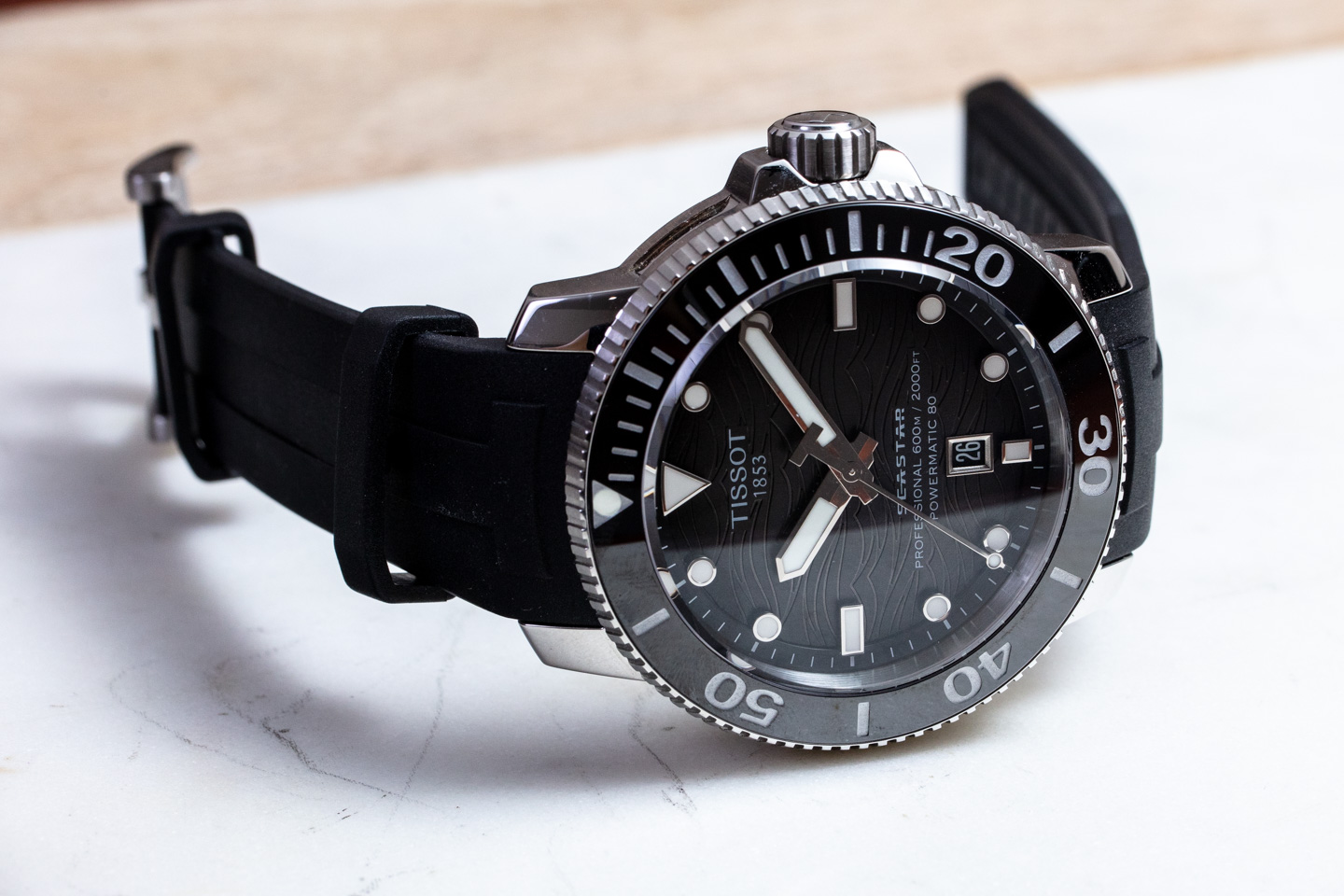
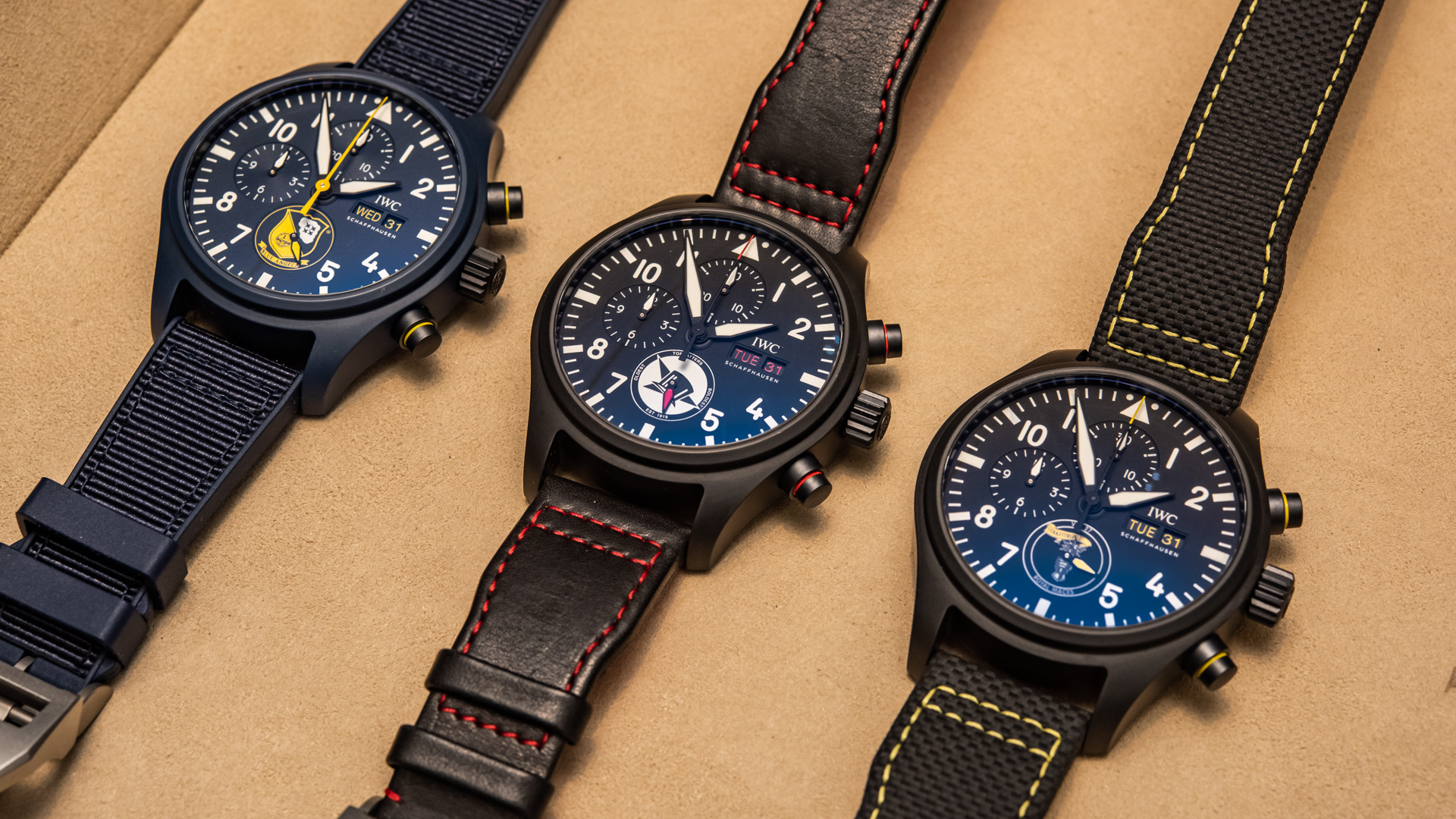
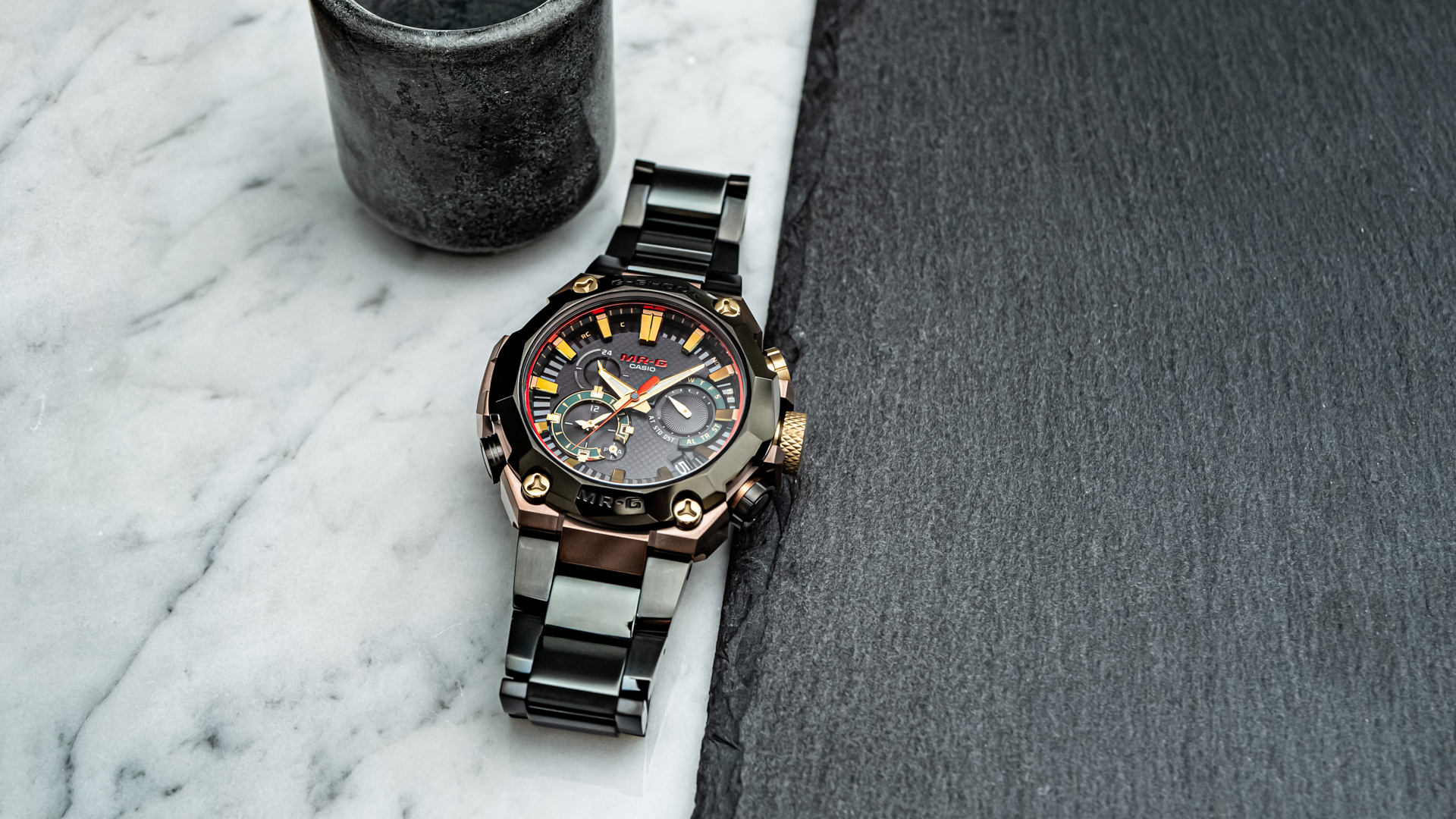
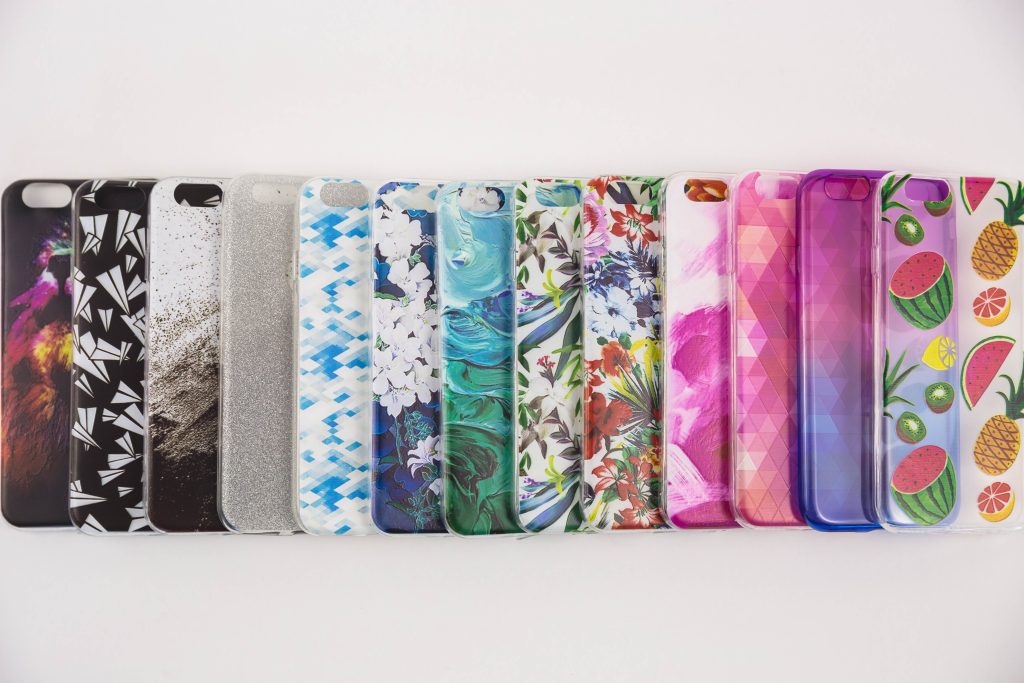

Comments